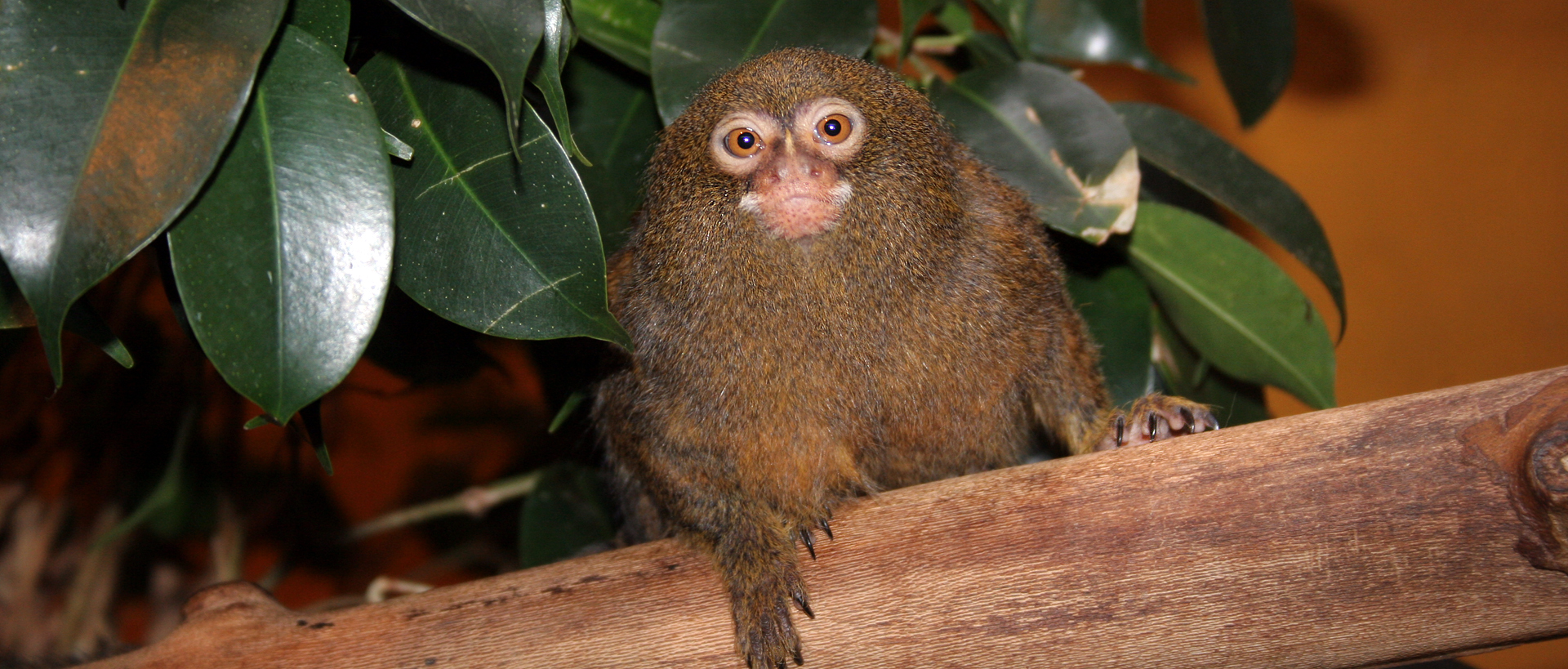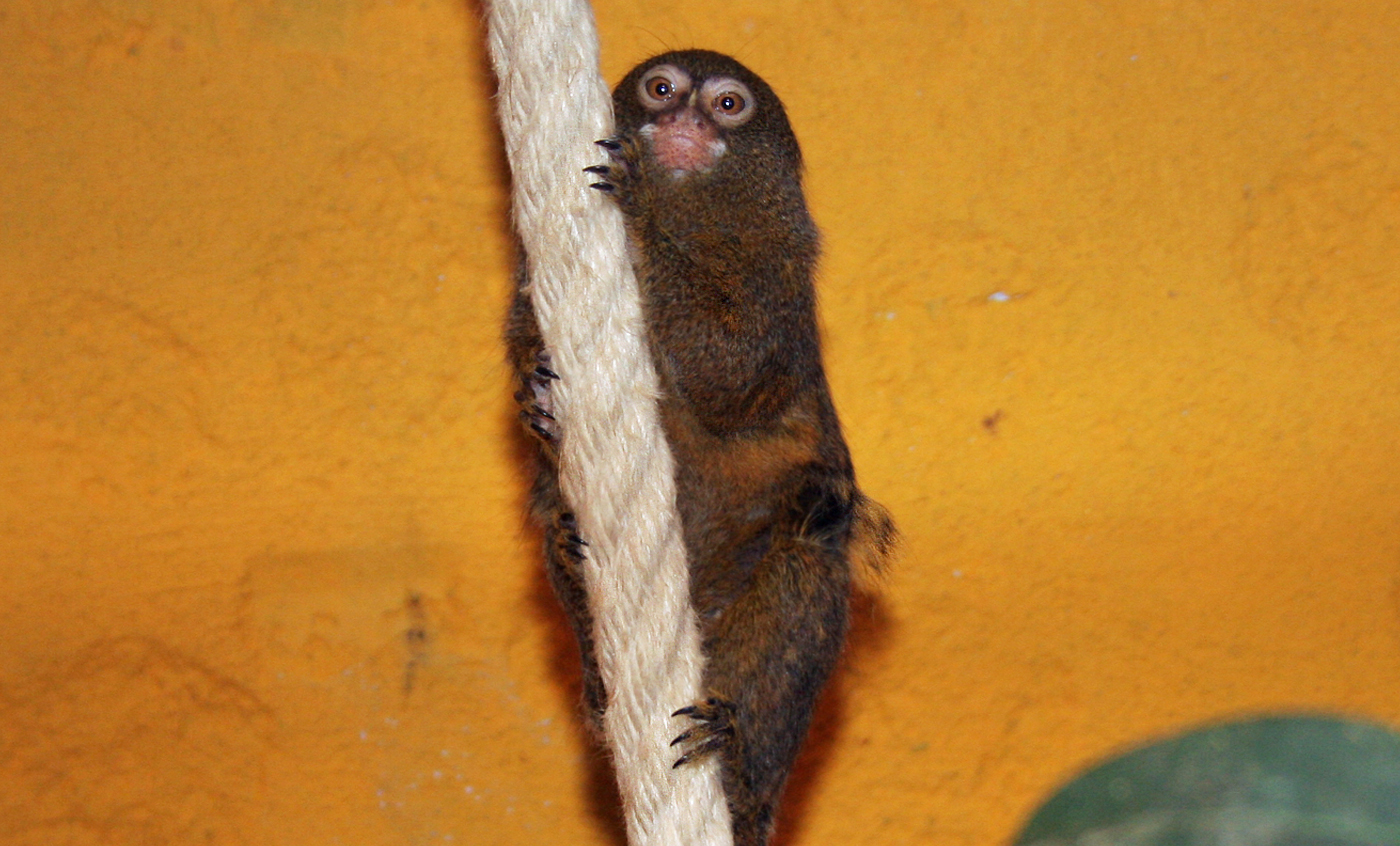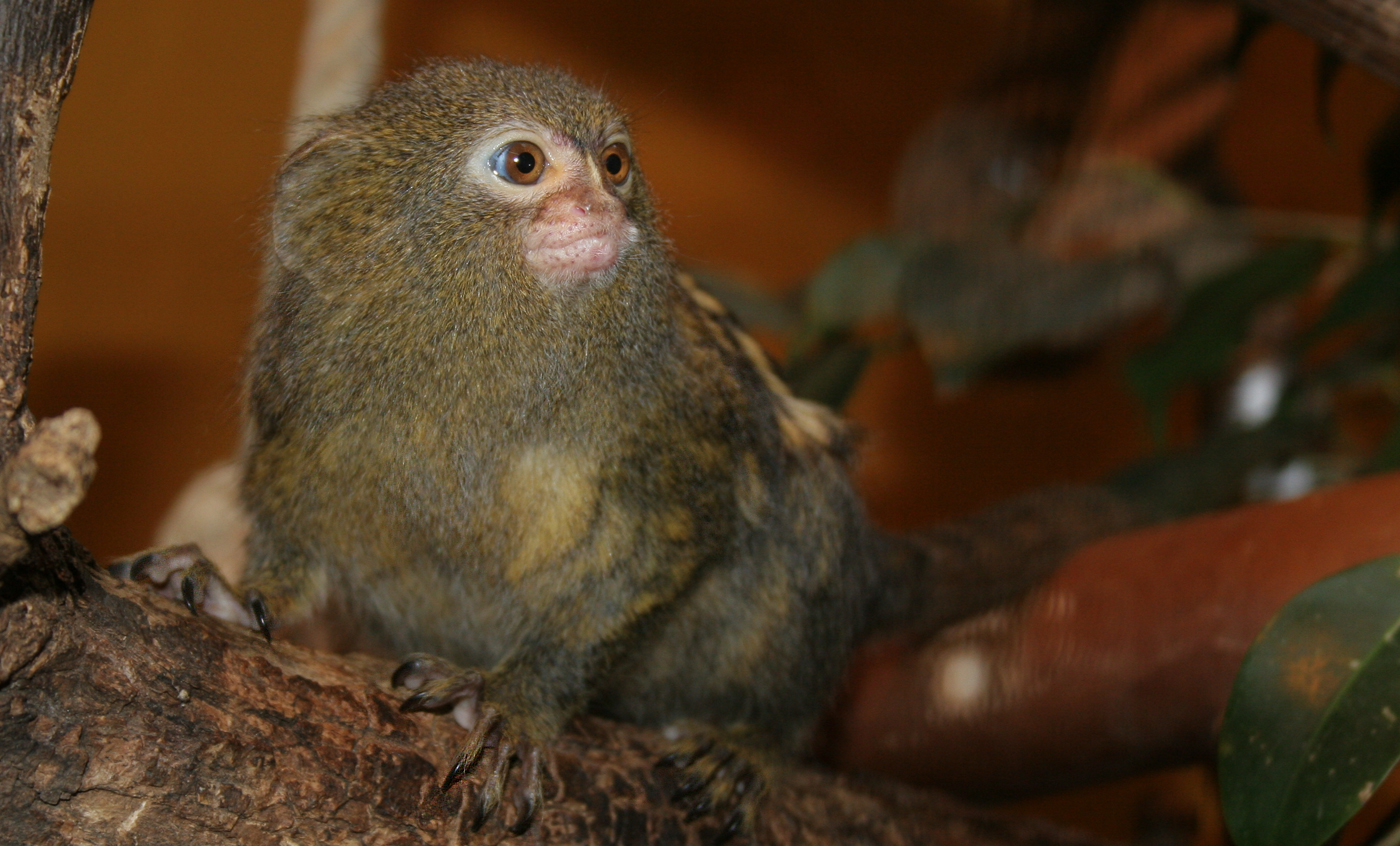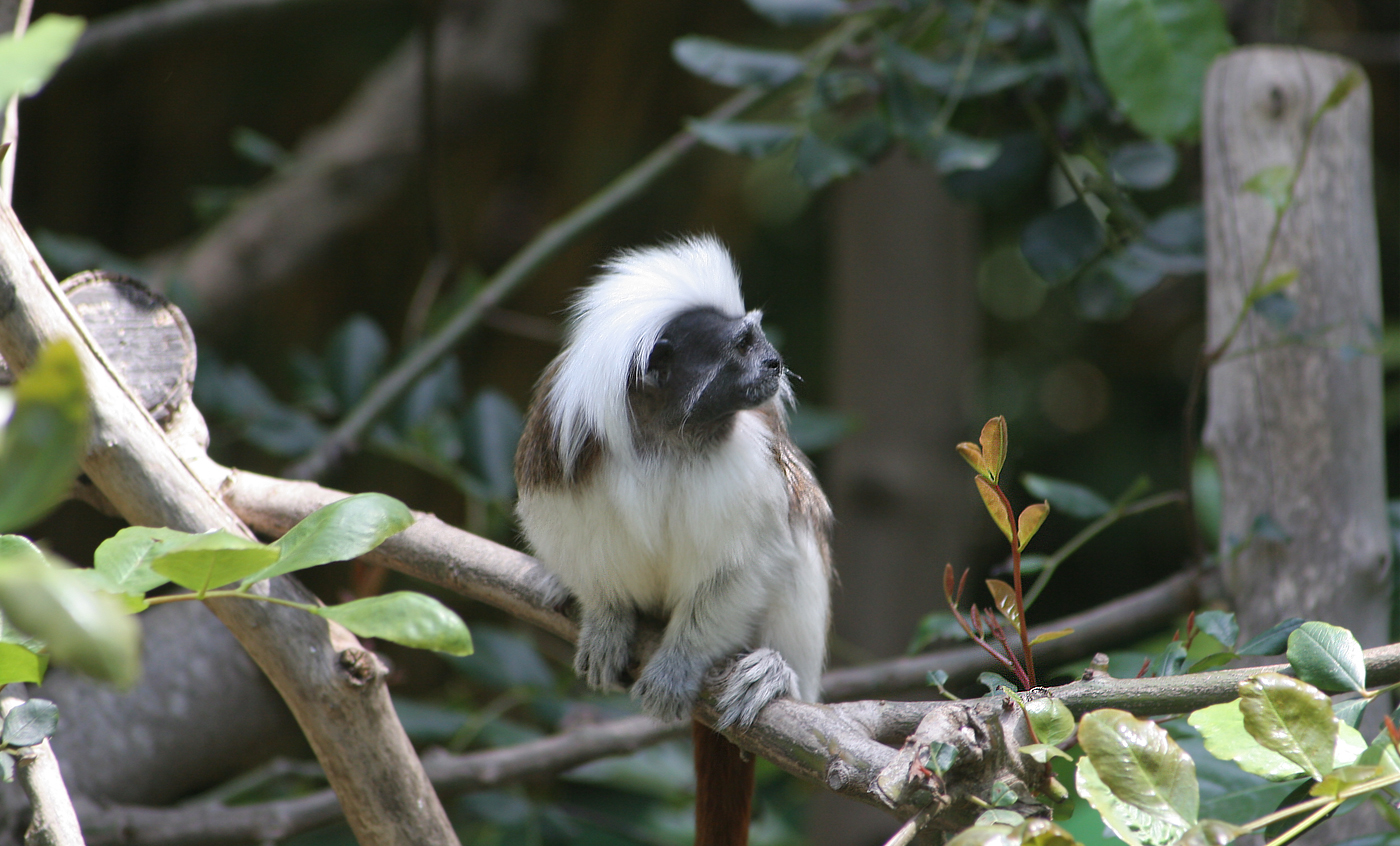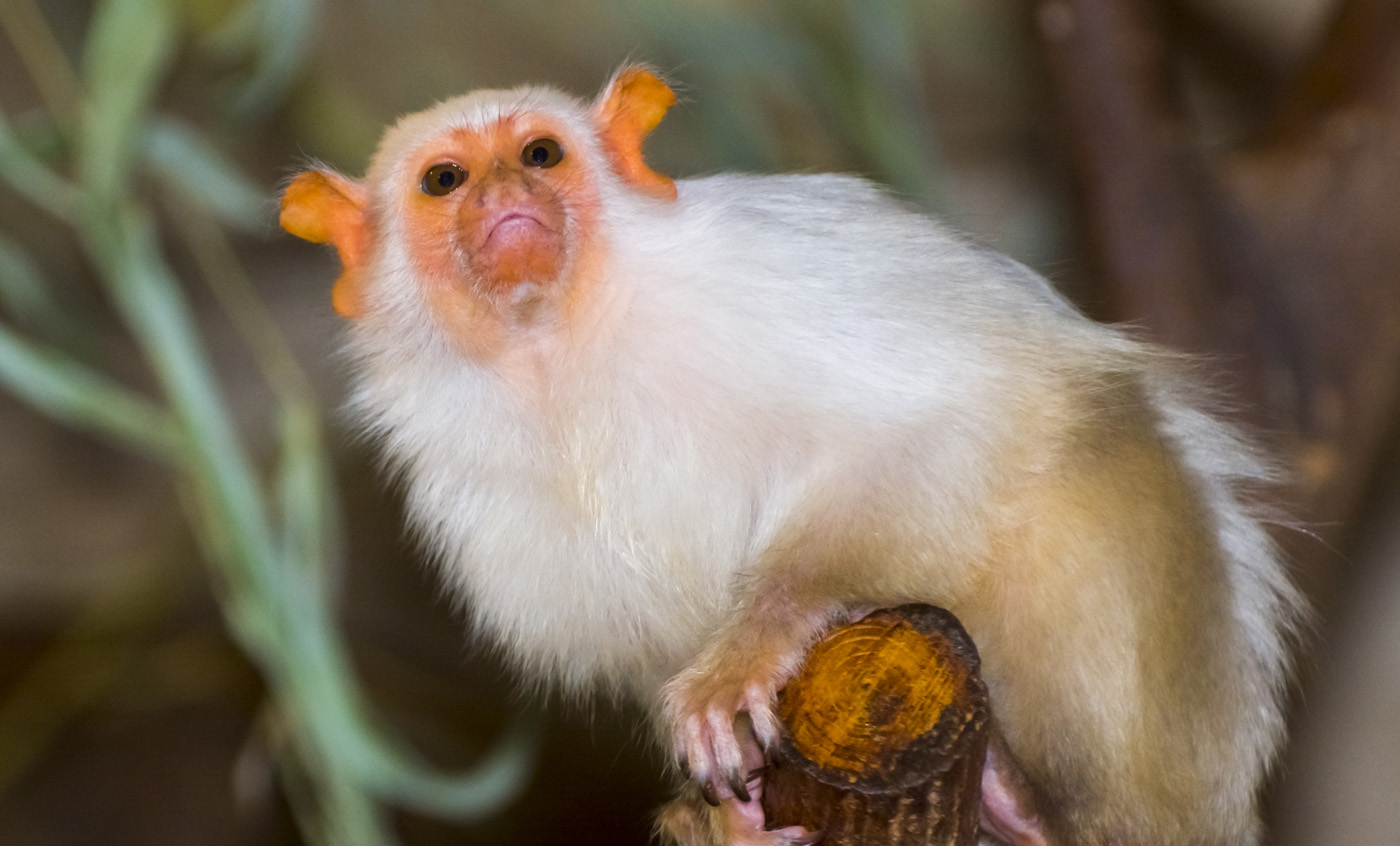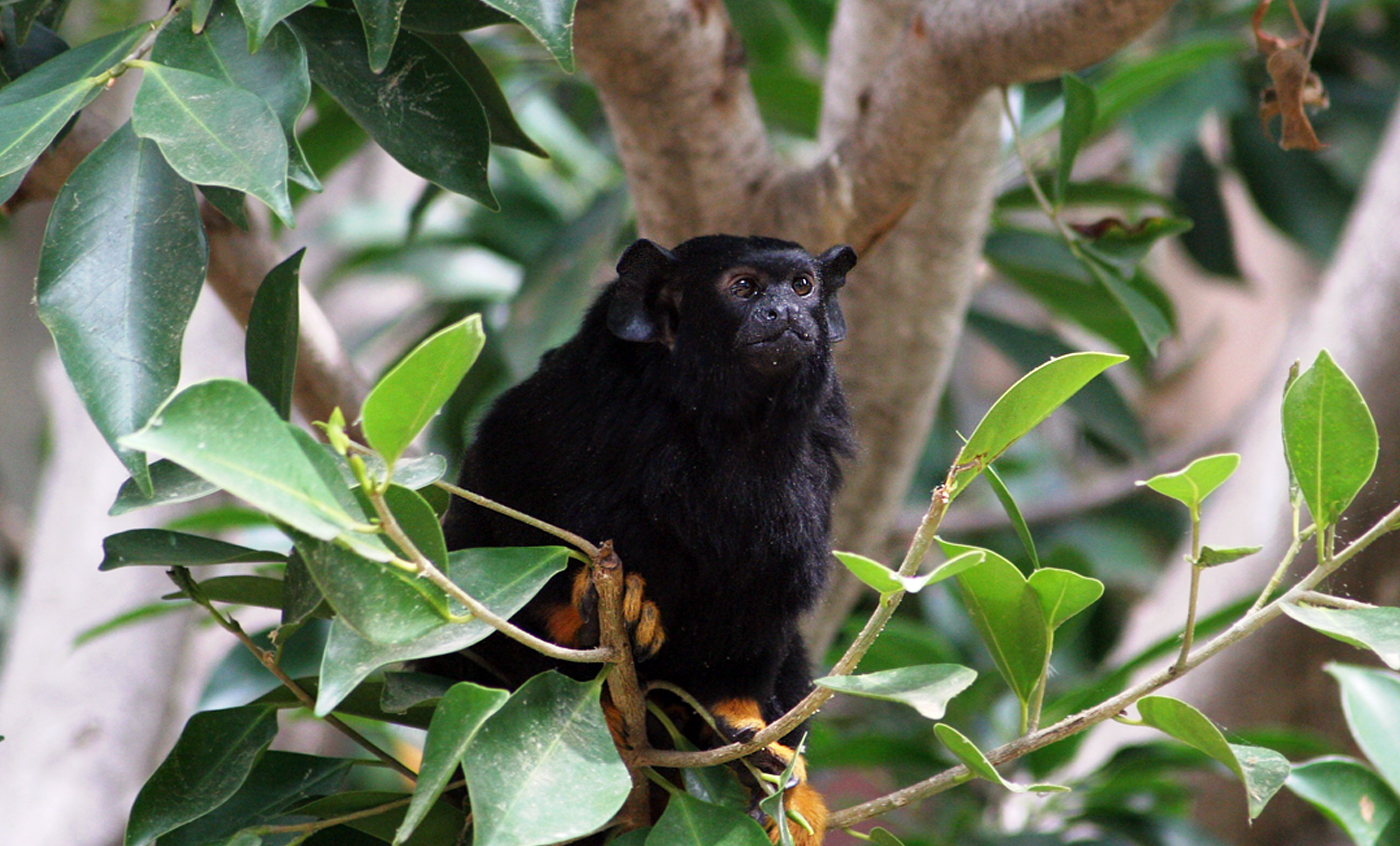Pygmy marmoset
The pygmy marmoset, measuring 15 cm long and weighting 85 to 140 g, is the smallest ape. It lives in flooded rainforests and forests near rivers in southern Colombia, eastern Peru and Ecuador and western Brazil.
Although it is one of the few marmosets that is able to adapt to environments deteriorated by human activity, its populations have been decreasing lately.
Natural habit
Southern Colombia, eastern Peru, Ecuador, Bolivia and western Brazil.
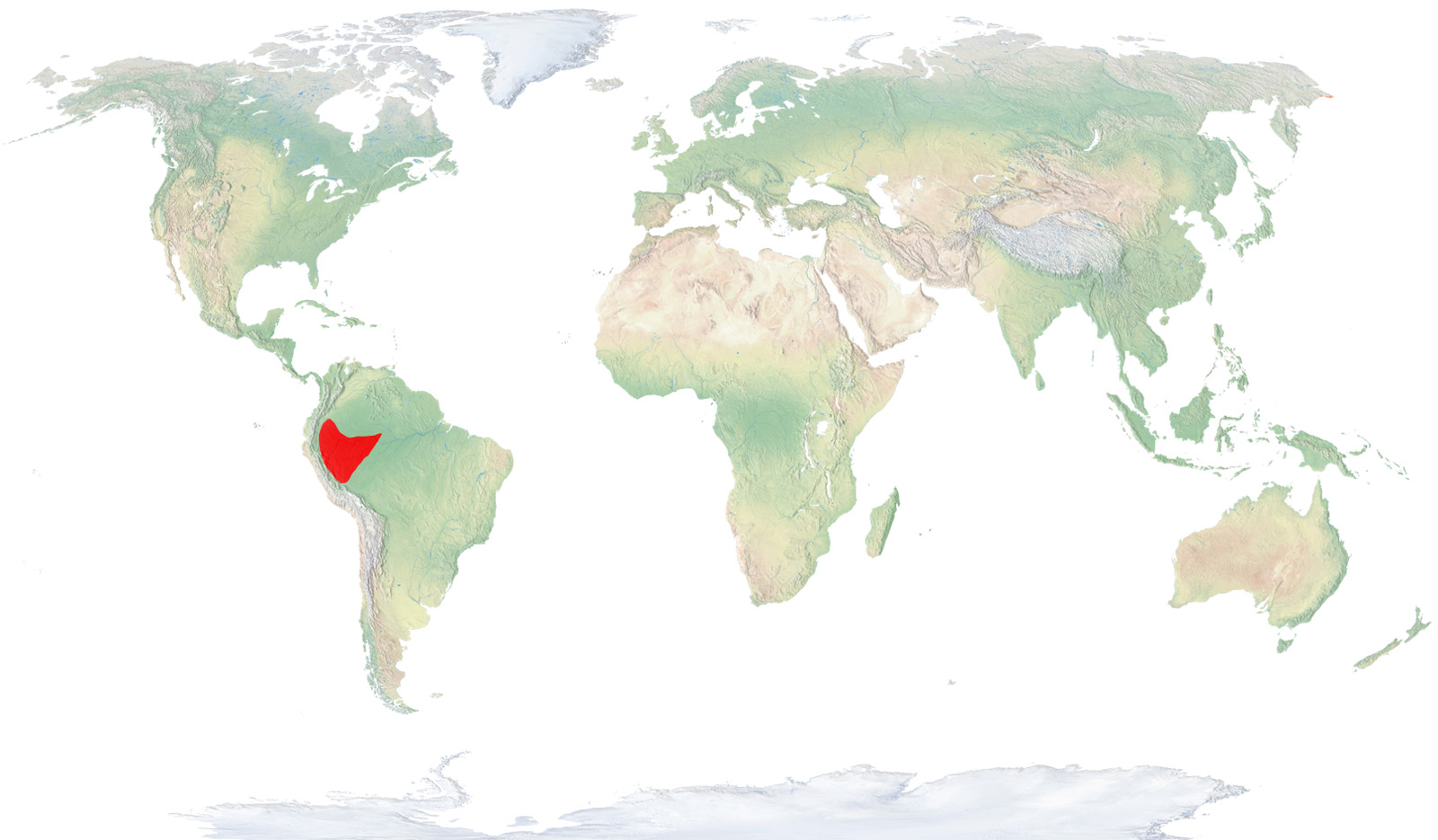
- Distribution / Resident
- Breeding
- Wintering
- Subspecies
Risk level
- Extint
- Extint in the wild
- Critically endangered
- In Danger
- Vulnerable
- Near threatened
- Minor concern
- Insufficient data
- Not evaluated
Taxonomy
Physical characteristics
Biology
Reproduction
Biology
The pygmy marmoset, the smallest ape, has greyish or brown hair on the back and orange or whitish in the underparts, and a mane around the face and nape that hides its ears. The rear limbs are longer than the front ones and all its fingers, except for the toes, have claws instead of flat nails.
It lives in periodically flooded rainforests and in riverside forests.
It mainly feeds on plant resins and small invertebrates, but it can also eat fruits, tender sprouts, flowers and nectar.
Gestation lasts for between two and three months and usually it gives birth to twins. Infants are breastfed by the mother for three months, but the father or any other member of the group can carry them.
Mainly diurnal, the pygmy marmoset forms family groups of two to ten individuals, that move nimbly through the branches of trees. They can jump up to 5 meters to grab another branch or tree.
The biggest reported populations are always found very close to water, areas where resinous trees are abundant, the ones this species prefers the most. It has long and narrow lower incisors that help it chew bark of trees to make sap flow. They also have an enlarged cecum that increases the time it takes for them to digest vegetable substances. Their claw-shaped fingers support their weight as they move through trees on all fours and they can turn their heads 180 degrees to keep an eye on their surroundings and spot possible predators.
Despite the recent decrease in their populations, mainly due to the deforestation of its habitat and to human capture for animal trade, it is one of the few species of marmosets that can adapt to environments that have been damaged by mankind and it is a quite common species in most of its distribution area.



